Crunch and Munch Words
Do your students get stuck on multi-syllable words?
Do they tend to leave off word endings?
Do your students take the time to read through the entire word?
“Crunch & Munch” is a great strategy for helping students decode challenging words, especially words with tricky prefixes and suffixes. I find that my younger students, who understand and use the basic decoding strategies (e.g., Beanie Baby strategies), transition to more challenging words and then get STUCK… again. They either give up or end up guessing using whatever few visual clues they can attend to quickly. Too often, the students are not visually monitoring and don’t take the time to read the words all the way through. For my older students, they know their decoding strategies too, but still get stuck on challenging content area vocabulary words, where you can’t just skip or plug in a similar word (I don’t blame them… some of those words are TOUGH!). “Crunch & Munch” is perfect for the students getting stuck, and even those who are NOT getting stuck but are just leaving off simple endings all. the. time. (i.e., -s, -ing, -ed, etc.). Those kids sometimes frustrate me because I know they’re capable of reading with accuracy, but this strategy helps them be more careful and helps them pay attention to all those silly endings. 🙂
What is the “Crunch & Munch” Decoding Strategy?
I can’t take credit for the idea behind “Crunch & Munch”! My wonderful and very creative colleague, Mrs. Jennifer Kam, came up with the idea of students munching words like a caterpillar eating a leaf. I absolutely loved the concept, and with her permission, decided to share my modified version with all of you!
“Crunch & Munch” is a strategy that basically breaks words down into their parts. Students can look at syllables and word chunks, or they can break it down even further and look at specific sounds and blends, like consonant clusters, beginning blends, and variant vowels. How you use introduce this strategy is up to you!
The idea is for students to not just read words in “one bite” but to slowly munch through each sound, blending the sounds together as they look at each word part. It helps them see the whole word and actually read the whole word. Leaving off endings can sometimes change the meaning of the whole sentence, and we want to break the habits of those students who do that. We also want to break the habits of those students who rely too heavily on a few visual cues and don’t cross-check their words! This strategy can be used as part of the monitoring process.
How Do Students Use “Crunch & Munch”?
To break down the words into parts, students can use sound boxes, such as the one below, or can just use their fingers to isolate sounds.
Here is an example of a challenge word that’s ready to be crunched and munched!
You can even start with the sound boxes and transition to the finger isolations when you see that students are able to break up words and blend the parts more easily. I call their pointer finger a “cover up finger,” and I emphasize how it’s a simple reading tool that’s always with them! Of course, I don’t want them using it for EVERY word… just the ones they get stuck on. It’s a perfect, “just-in-case” tool to whip out appropriately and as needed. 🙂
Although the strategy may slow them down at first, the goal is for students to train their eyes to read the word the WHOLE way through, for accuracy and to support their comprehension. With practice, the speed will pick up and the strategy will be part of the internal reading process that takes place in their heads. You’ll be able to tell when students can do this independently and naturally with their eyes, and at that point, the students don’t need to stop every time they get stuck, to write out the word or isolate sounds.
This “Crunch & Munch” strategy can be added to student “toolboxes” as they are exposed to new grade-level words throughout the year. Introduce it as a whole-group mini-lesson, or use it with your students in small groups. Of course, not all students will need this strategy, but it’s a great tool for them to add to their “toolboxes,” just in case.
Getting Started with “Crunch & Munch”!
When I first taught this to one of my 3rd grade Response to Intervention (RtI) decoding groups, I modeled it with Leo Lionni’s Fish Is Fish book!
I previewed and selected which words I wanted to model ahead of time and then showed them the decoding process of “Crunch & Munch” using a step-by-step think-aloud. I modeled stopping at each challenge word and breaking the word down into its parts, using my finger to isolate each chunk. For the first half of the book, I recorded all the words and word parts on my graphic organizer and just let the students actively listen and watch. For the second half of the book, we crunched and munched the challenging words together as a group! We recorded the remaining challenge words and their word parts on a shared graphic organizer (on chart paper using the same template), which they then used as a reference when they tried the strategy in pairs and independently. The “I Try… We Try… You Try!” model works great in getting the students started with this new strategy!
If you’re interested in using the Fish Is Fish book during the modeling stage, some of the words I selected for my remedial students were:
- inseparable
- triumphantly
- discovered
- argued
- full-fledged
- excitedly
- extraordinary
- mysteriously
- impatiently
- marvelous
- feebly
- weightless
- luminous
To help introduce this strategy to your students, consider downloading the two-page freebie below. Your FREE download includes a Strategy Poster and a Graphic Organizer for students to use while breaking-up “Crunch & Munch” words into their respective word parts!
(Note: Make sure you have the most up-to-date version of Adobe and aren’t opening as a “Preview” on your Macs. A lot of readers have been having issues opening my files due to these issues!)
(Download your FREE two-page sample here or by clicking the images above!)
By the way… Do you like my caterpillar clipart? 🙂 It’s very simple and awkward looking, but represents my first attempt at clipart using Art Studio on my iPad! I’m hoping to do more of my own clipart in the future, but I need a little practice with the stylus pen first!
————————————–
Looking for additional materials for teaching this strategy?
I took the concept one step farther and created a resource of supplemental materials to support instruction of this great word-attack strategy. I have posters, an instructional poem, and various other graphic organizers in this strategy pack available. (You can also download a free SAMPLE of the resource here!)
—
Happy Teaching!
**This post contains affiliate links. Click HERE to learn what that means!


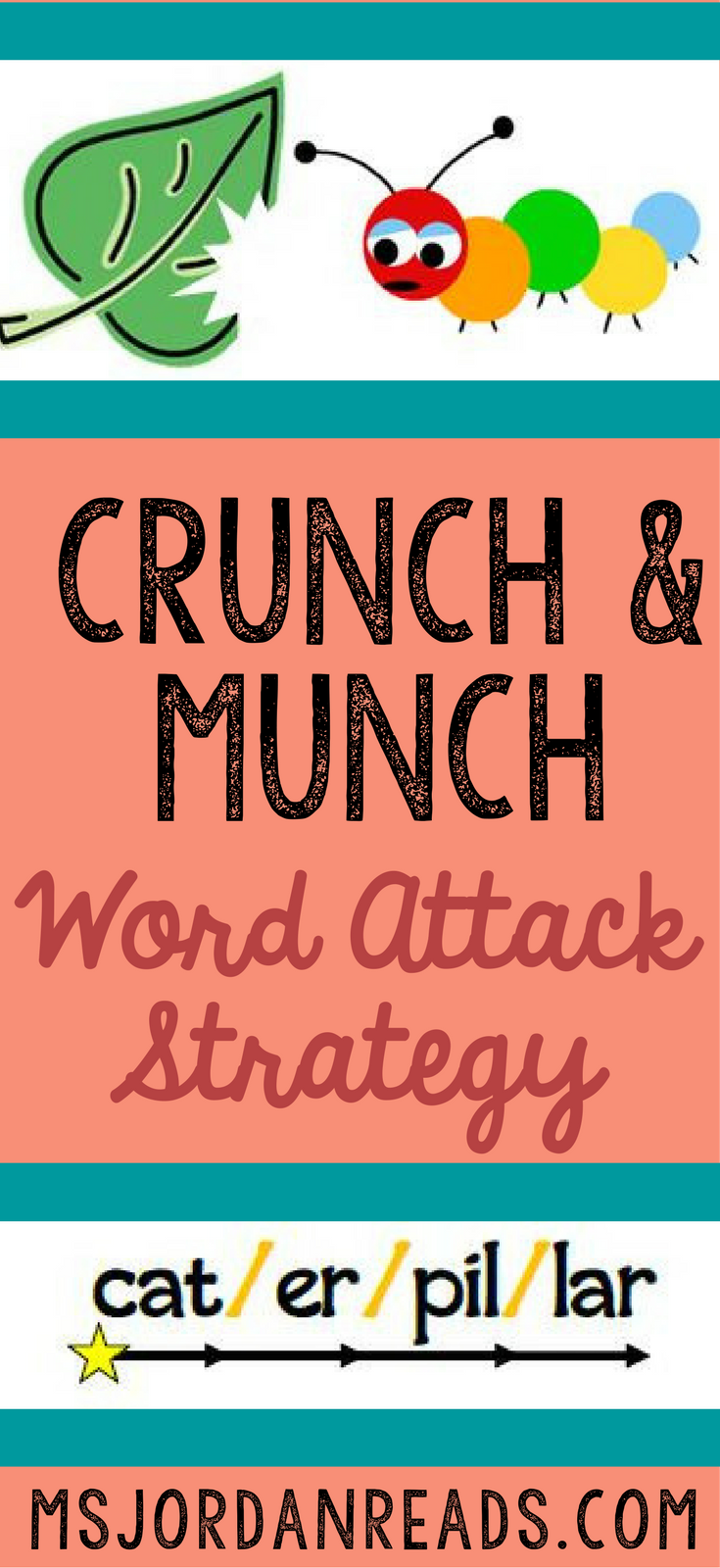
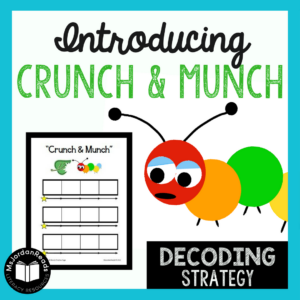


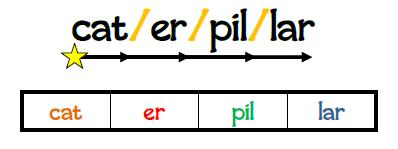

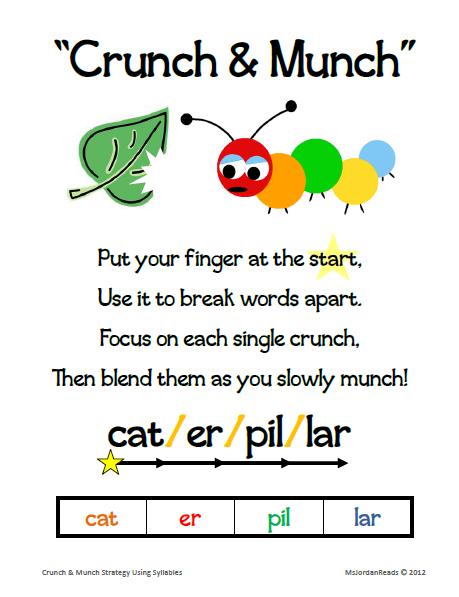
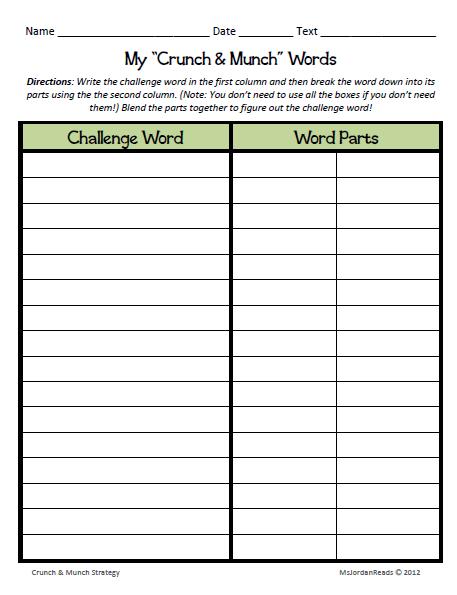

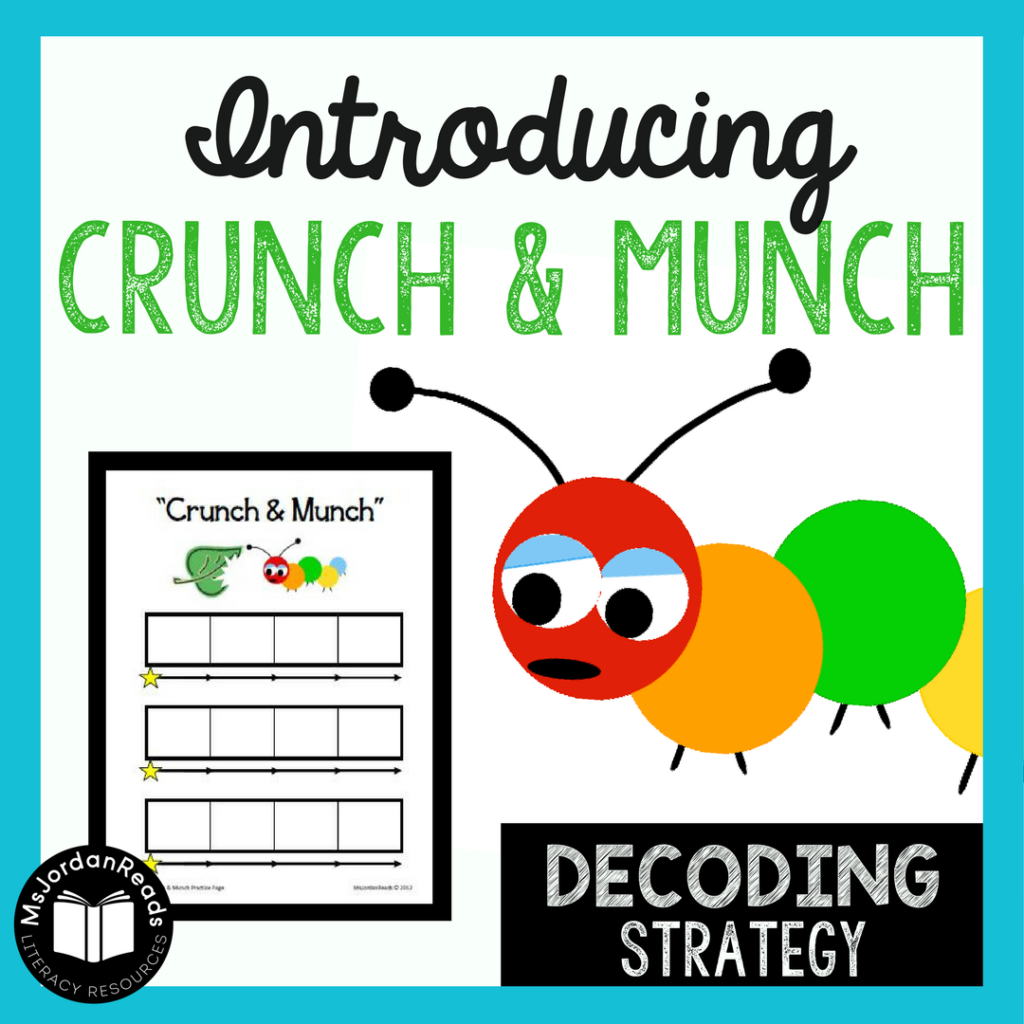


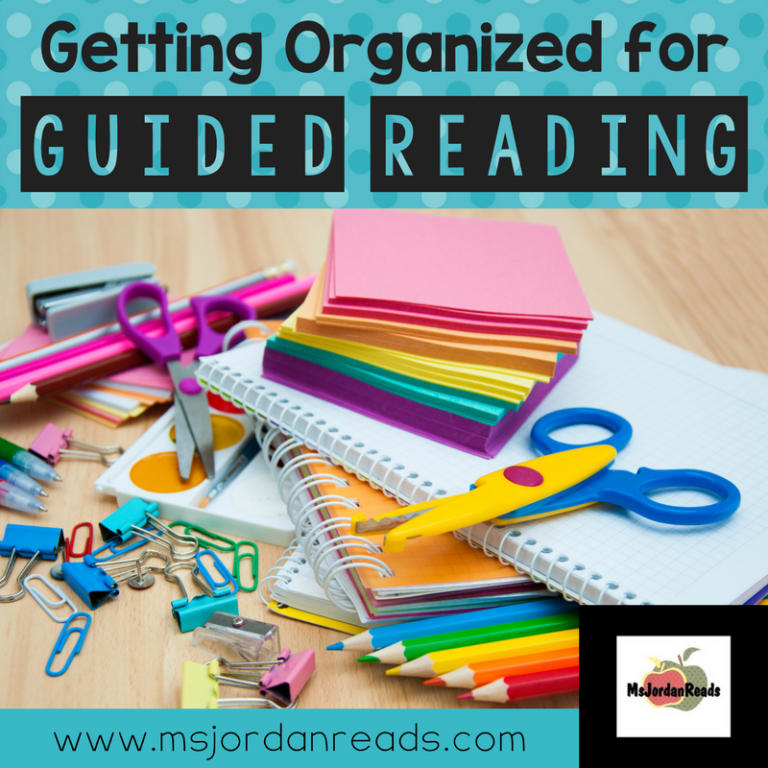

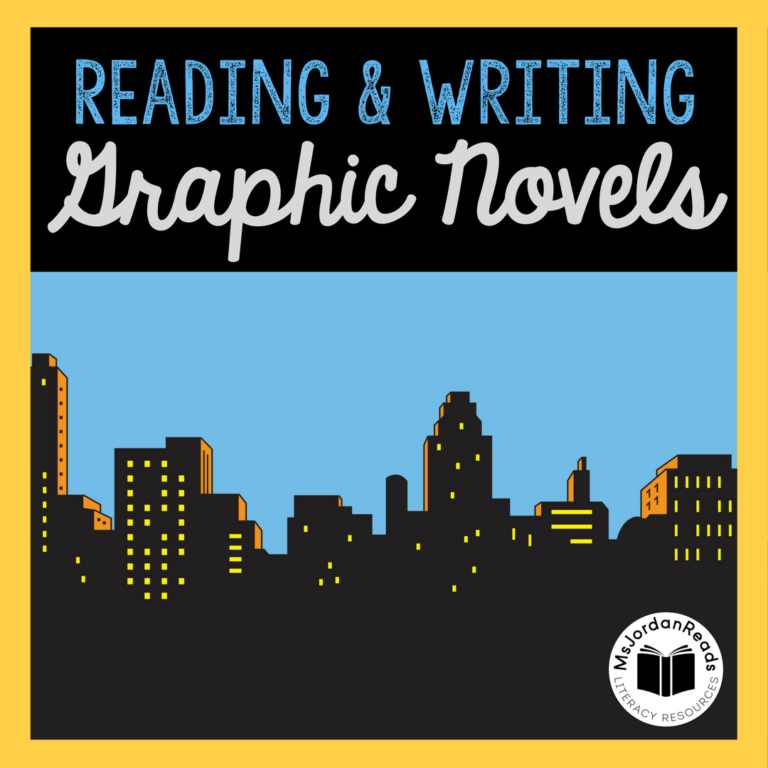

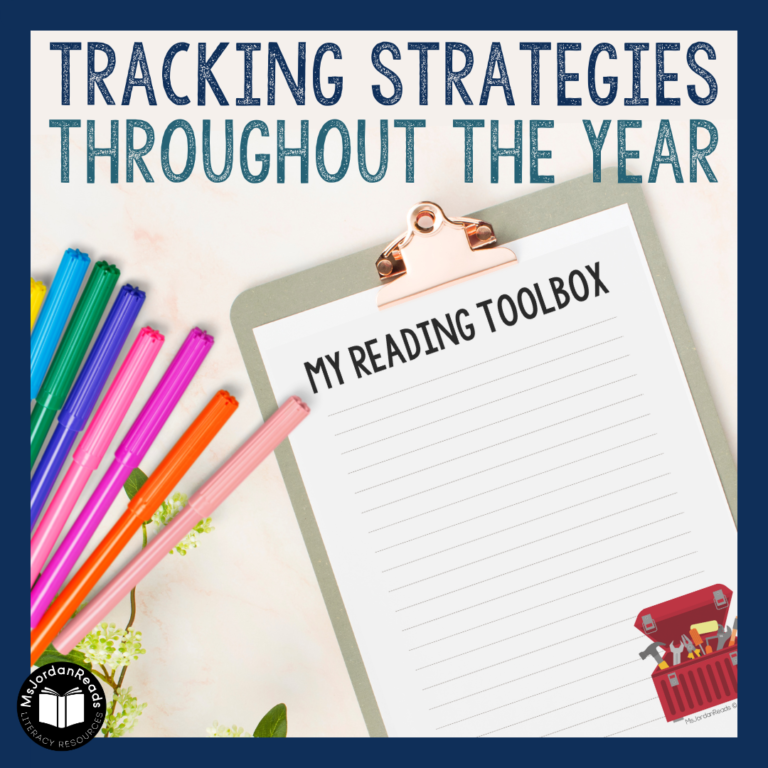

Reblogged this on The School Belle and commented:
This is an excellent strategy for children who have dyslexia. I would even use it for spelling word practice. It needs to be a part of their regular go to strategies.
I love this idea! I teach 2nd grade & have students who can read the words- BUT leave off an ending or substitute the word for a similar word. For example, known for know, etc. This is a great idea! Thank you for the lesson idea as well. You rock! 🙂
Thank you for your comment! I’m glad you found this strategy useful! 🙂